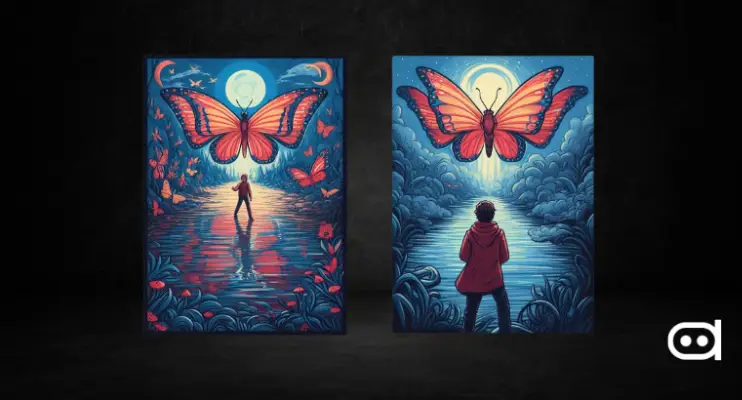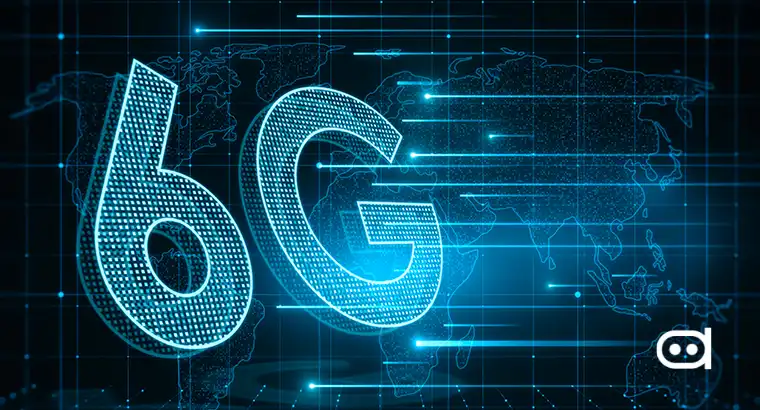
AI image generation has opened a new wave of technology where users can create incredible pictures with just a few words. This is all made possible by the art of prompt writing which is an important aspect of framing texts that help create AI images. With the advancement of AI image generators, the subtle details of prompt writing tips have become of paramount importance to artists, designers, and all creative people using such platforms.
This article will address the prompt writing aspect of AI image generation and suggest some helpful ones for you to use. No matter if you are completely new or a professional looking for ways to improve your existing skills, these tips will give you guidance in creating more accurate images.
Role of Prompts in Image Generation
Prompts are what connect the imaginative abilities of humans with the ability of the AI image generation system. These text descriptions serve as guiding instructions for the AI in generating image content. Proper and precise prompts enable the users to articulate their thoughts and imagery to the image generation system resulting in an accurate output.
Crafting Effective Prompts
Well-written prompts play a vital role in creating images using AI image-generation tools. A well-structured prompt containing keywords, descriptors, and contextual information can increase the quality and relevance of the produced image tremendously. Let’s examine some of the crucial aspects that assist in writing effective prompts.
Use Descriptive Language
In order to formulate appropriate prompts for image generation, a rich use of language is essential. Providing sensory details, imagery, and a description of the style and mood you want can go a long way in clarifying your vision to the AI.
For example, instead of writing “a forest,” use “a forest with green luscious trees, light mist on the ground, the sun rays penetrating the treetops, a carpet of moss on the footpath edged with overgrown ferns.”
Be Specific and Detailed
An effective prompt can be one of the image enhancement techniques that should be as specific and as detailed as possible for the AI to be able to understand and generate the desired result. Avoid general concepts and concentrate on all aspects like elements, colors, textures, and arrangement.
For instance, instead of saying, “an image of a woman,” one can say, “an image of an older woman’s face whose skin is wrinkled, has sharp blue eyes, her hair is gray and covered with a red scarf.”
Incorporate Keywords
Keywords that describe or are related to the subject of the image to be generated are very useful. One major function of these keywords is to provide context and help steer the AI towards a style, mood, and content that is more desirable to you. While writing your prompt, you may also want to add the following classes of words to your list of keywords:
- Art styles such as impressionism, cyberpunk, art nouveau
- Lighting conditions such as golden hour, chiaroscuro, neon-lit
- Camera perspectives such as bird’s-eye view, macro shot, wide-angle
- Emotional tones such as melancholic, jubilant, eerie
- Technical aspects such as high contrast, soft focus, hyper-realistic
Experiment with Different Styles and Techniques
The more you engage in prompt writing, the easier it becomes to spot certain correlations between the prompts and what is produced by the AI. Play around with a wide range of styles, as well as mix keywords and formatting. Experimenting with different techniques will help you figure out each prompt’s effectiveness and improve with experience.
Use Prompt Generating Tools
For those who are new to AI image generation and writing prompts, there are a number of prompt-generating tools that have been created in order to facilitate composing efficient prompt cues for beginners. These resources typically offer frameworks and ideas and may be useful, especially as preliminary concepts. But keep in mind that often the best strategies are a mixture of what these tools offer and the user’s own imagination.
Advanced Prompting Techniques For Effective Crafting
With further practice in prompt writing, one may begin to incorporate advanced techniques aimed at enhancing one’s results even more. This is known as “prompt engineering” and these skills will enable you to get more details and refined results from the AI image generation platforms.
Negative Prompts
Negative prompts are a way of telling the system what not to include in the generated image. This method is especially relevant when dealing with elements that are repeatedly used by AI and that the user does not wish to see. For instance, if you want to create a landscape image with the intent to keep it free of any humans, you may use a negative prompt such as ”No people” or “No human presence.”
Seed Values
Seed values refer to numeric factors that serve as a reference point from which the AI can start executing its random-generating activity. By using the same seed number and altering the prompt, users can make variations to the theme but keep some features of the layout still intact. This can come in handy when working on a particular concept or design and you need to make a few corrections.
Prompt Chaining
This is a process of using the results of an image generation as inputs for subsequent generations. This is particularly useful for making images that are detailed and for images that need to be built up in stages.
For instance:
Step 1 prompt: “A rough drawing of a castle standing on a flying island.”
Step 2 prompt: “Convert the rough drawing into a colorful and detailed illustration using the Studio Ghibli art style.”
Style Transfer
Using style transfer prompts, one can apply the style of any image or artist to another image. This makes it possible to add creative and inventive effects owing to the usage of several styles in one go.
Conclusion
When it comes to AI image generation, prompt writing is a skill that requires effort and learning to refine. Using descriptive prompts, detailed keywords, negative prompts, and prompt chaining, among other techniques will improve the images produced dramatically.
As AI image generation platforms evolve so will the way it understands prompts. It is always advisable to be inquisitive, keep trying new ways, and most importantly seek to break the limits of what can be created by images generated through AI!







